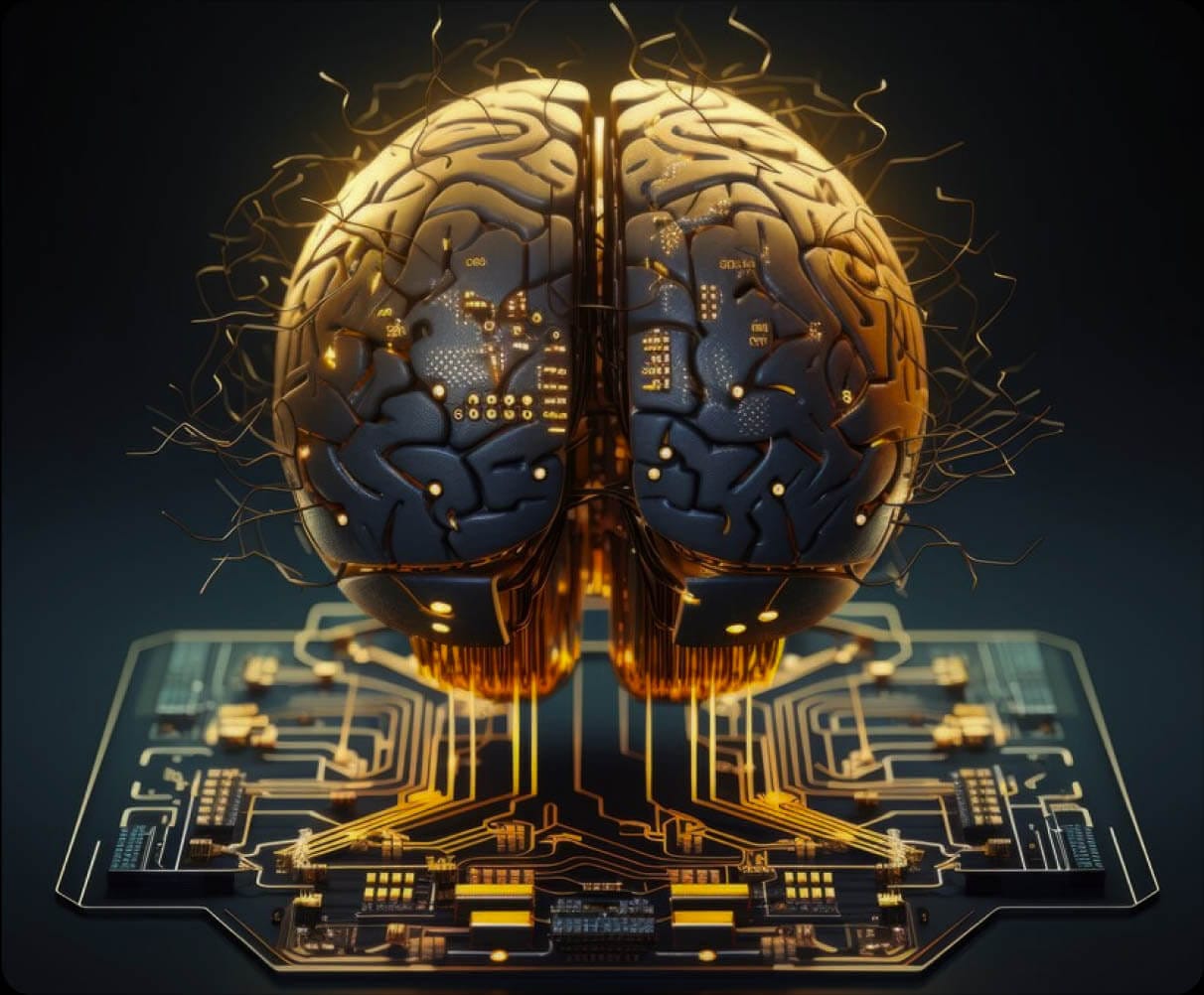Autonomous Workers
Automate Tasks with this workflow…

Harnessing Autonomous Workers: The Optimal Workflow for Task Automation
In a world driven by relentless optimization and speed, the autonomous worker has become an essential tool for replacing manual, human effort. By integrating these technologies, businesses and individuals alike can reclaim time, reduce errors, and gain powerful insights. But maximizing these tools’ potential requires a well-structured workflow.
Key Steps for an AI-Powered Automation Workflow
Define the Problem: Clarity is King Before you leap into algorithms and automation, it’s vital to pinpoint the tasks you aim to automate. Ask yourself:
- Are these tasks repetitive and time-consuming?
- Do they adhere to a set of structured rules?
- Will it really save human labor?
- What is the desired outcome, and how will you measure success?
Choose the Right Tools: Tailor Your Tech The world of AI and automation offers a plethora of options. Consider:
- Pre-built AI Solutions: These tools offer out-of-the-box solutions for common problems (e.g., email classification, data extraction, image recognition). They’re often simpler to implement.
- No-Code/Low-Code Platforms: These user-friendly platforms cater to those without extensive coding expertise. They enable you to link AI services, data sources, and actions visually.
- Custom Development: This is your option for highly specific problems or scenarios where pre-built solutions fall short, or when you want to develop a proprietary solution that competitors will not have access to.
Data Management: Digitization of Work Automated systems are only as good as the data they have access to. Work must be digitized. If your people work on computers, it is surprisingly easy to digitize the work in such a way that relevant data can be collected. Ensure:
- Quality: Is the data accurate, relevant, and free of bias?
- Quantity: Is there enough data to train your models robustly?
- Organization: Is it easily accessible, well-structured, and compliant with regulations? Consider data cleaning and preparation tools as needed.
Building and Iteration: Refine and Iterate Select or build the appropriate AI algorithms:
- Rule-based Systems: Ideal for simpler, well-defined tasks. This is where you start the journey, as it can solve a multitude of task automation requirements.
- Machine Learning (ML): Enables the system to learn from data, uncovering patterns, and adapting for improved results over time.
- Deep Learning: For complex problems such as image analysis and natural language processing.
Integrate and Deploy: Action Time Your automation is ready for the world. Determine integration:
- Within Existing Systems: Embed automation into software you already use to streamline current processes.
- Standalone Solutions: Design independent interfaces if needed, for specific automation tasks.
Monitor and Refine: Continuous Improvement Automation is an ongoing journey – not a destination. It’s crucial to:
- Track Performance: Set up metrics to measure the success of your automations.
- Gather Feedback: Involve users, identify issues, and opportunities for refinement.
- Update Models: Retrain your models regularly using new data and insights to improve performance.
Examples in Practice
- Customer Support: Chatbots powered by natural language processing can handle common inquiries, freeing human agents for complex questions.
- Marketing and Sales: AI can predict customer behavior, personalize recommendations, and optimize campaign strategies.
- Finance and Accounting: Automated invoice processing, anomaly detection, and risk assessment save significant manual labor.
Remember:
- Start Small: Tackle clearly defined tasks before scaling complexity.
- Don’t Neglect the Human Touch: Automation can’t replace human intuition and judgment entirely. Seek the ideal balance.
- Embrace Continuous Learning: The field of AI evolves rapidly; stay updated to harness the latest advancements.
By adhering to this workflow and embracing thoughtful integration, AI and algorithmic computing can transform your work, delivering powerful efficiency and strategic advantages.
Inspira can help you explore the options in your journey to adopt autonomous workers in your business.
